Home>Gardening & Outdoor>Landscaping Ideas>What Eats Bermuda Grass In Africa
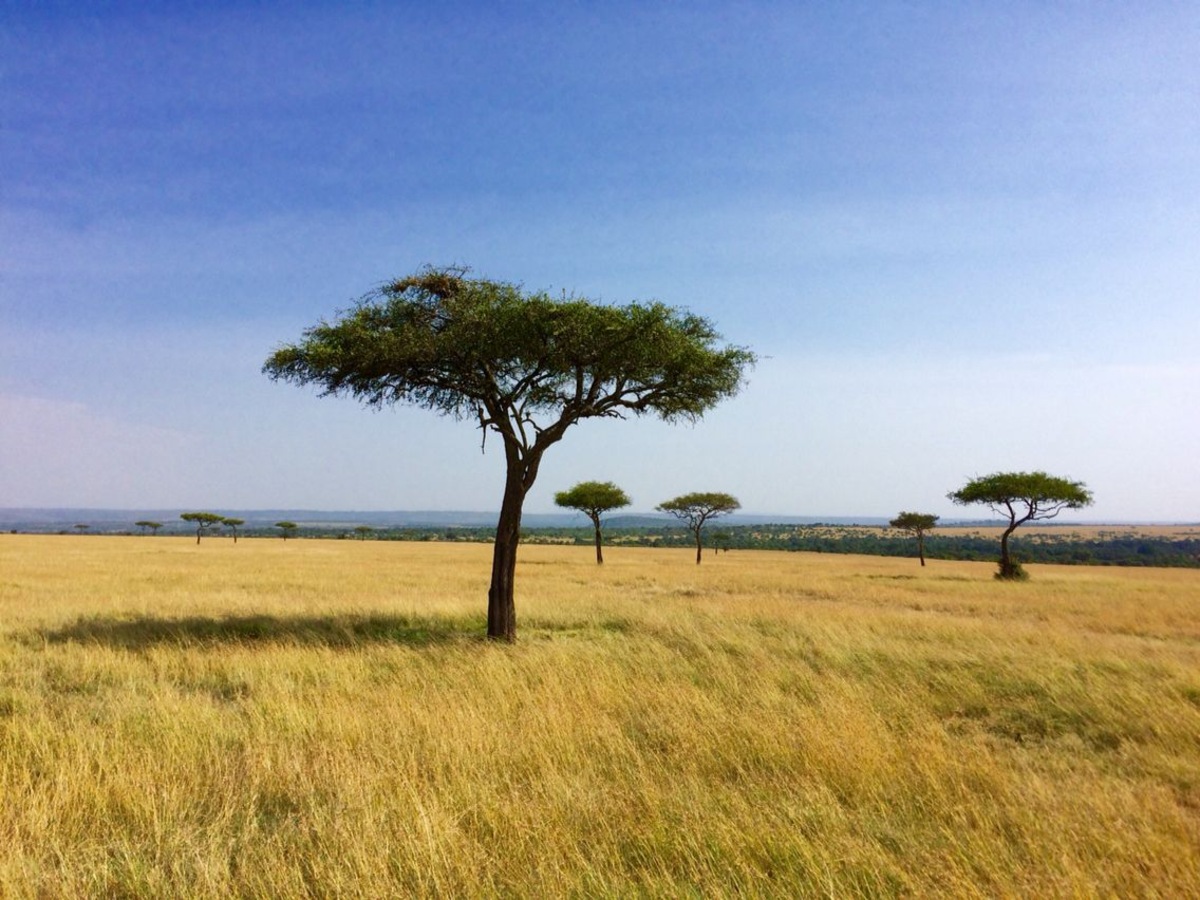

Landscaping Ideas
What Eats Bermuda Grass In Africa
Published: January 28, 2024
Discover effective landscaping ideas to control Bermuda grass in Africa. Learn about natural and sustainable methods for managing this invasive species.
(Many of the links in this article redirect to a specific reviewed product. Your purchase of these products through affiliate links helps to generate commission for Storables.com, at no extra cost. Learn more)
Introduction
Bermuda grass, scientifically known as Cynodon dactylon, is a resilient and versatile grass species that has established a significant presence in various regions around the world, including Africa. This warm-season perennial grass is renowned for its ability to thrive in diverse climates and soil types, making it a popular choice for lawns, parks, golf courses, and pastures. However, the widespread cultivation of Bermuda grass has also brought about certain challenges, particularly in Africa, where it has been introduced as a forage and erosion control grass.
The adaptability and robust nature of Bermuda grass have contributed to its success, but it has also led to concerns about its invasiveness and impact on native vegetation. In the African context, the presence of Bermuda grass has raised questions about its ecological interactions and the potential threats it poses to indigenous plant species and ecosystems. Understanding the ecological dynamics of Bermuda grass in Africa involves exploring its natural predators, the implications of invasive species, and the strategies for effective management.
In this article, we delve into the intricate relationship between Bermuda grass and its environment in Africa. We will examine the natural predators of Bermuda grass, the impact of invasive species, and the management strategies employed to mitigate its proliferation. By shedding light on these aspects, we aim to provide a comprehensive perspective on the ecological dynamics of Bermuda grass in Africa and its interactions within the local ecosystem.
Key Takeaways:
- Bermuda grass, a resilient species in Africa, faces natural predators like herbivores and environmental factors that regulate its growth, highlighting the intricate ecological dynamics at play within African landscapes.
- The presence of Bermuda grass as an invasive species in Africa raises concerns about its impact on native biodiversity, emphasizing the need for proactive management strategies to mitigate its spread and preserve ecological balance.
Read more: What Is Bermuda Grass
Bermuda Grass in Africa
Bermuda grass, originally native to Africa and parts of Asia, has been widely cultivated and utilized across the African continent. Its adaptability to various soil conditions, rapid growth, and ability to withstand drought have made it a popular choice for erosion control, forage production, and landscaping in Africa. The grass has been extensively utilized in agricultural settings, including pastures, where its high productivity and nutritional value have made it a valuable resource for livestock feed.
Furthermore, Bermuda grass has been favored for its resilience in recreational and ornamental landscapes, contributing to its widespread presence in parks, golf courses, and residential lawns across Africa. Its dense, lush growth and tolerance to foot traffic make it an ideal choice for areas with high recreational use. Additionally, its rapid spread and ability to outcompete other vegetation have raised concerns about its potential impact on native plant species and ecosystems in Africa.
As a warm-season grass, Bermuda grass flourishes in the African climate, thriving in regions with hot summers and mild winters. Its ability to establish dense, extensive root systems enables it to effectively colonize open spaces and outcompete other plant species, leading to challenges in managing its spread and maintaining ecological balance. The presence of Bermuda grass in Africa has sparked discussions about its ecological implications and the need for sustainable management practices to mitigate its potential adverse effects on indigenous flora and ecosystems.
Overall, Bermuda grass has become deeply integrated into various facets of African landscapes, serving both practical and aesthetic purposes. However, its widespread presence has also raised concerns about its ecological impact and the need for proactive management strategies to ensure the preservation of native vegetation and ecological balance.
Natural Predators of Bermuda Grass
While Bermuda grass is renowned for its resilience and ability to thrive in diverse environments, it is not immune to natural predators that play a role in regulating its growth and spread. In the African ecosystem, several biological agents and environmental factors contribute to controlling the proliferation of Bermuda grass, helping to maintain ecological balance and prevent unchecked expansion.
One of the primary natural predators of Bermuda grass is the presence of herbivorous animals, such as cattle, goats, and other grazing species. These animals graze on Bermuda grass as part of their diet, exerting grazing pressure that can limit the grass’s growth and spread. The selective feeding habits of herbivores can influence the composition and structure of Bermuda grass populations, shaping its distribution within the landscape.
In addition to herbivorous animals, various insects and microbial organisms contribute to regulating Bermuda grass populations. Insect herbivores, including caterpillars and grasshoppers, can feed on Bermuda grass, impacting its growth and reproductive capacity. Furthermore, microbial pathogens and fungi can affect the health and vigor of Bermuda grass, influencing its ability to proliferate and compete with other vegetation.
Environmental factors, such as temperature fluctuations, precipitation patterns, and soil characteristics, also influence the growth and vitality of Bermuda grass. Drought conditions, for instance, can stress Bermuda grass populations, potentially limiting their expansion in arid regions. Conversely, favorable environmental conditions can promote the rapid growth and spread of Bermuda grass, highlighting the dynamic interplay between natural factors and the grass’s ecological dynamics.
Understanding the natural predators and environmental influences on Bermuda grass is essential for managing its presence in African landscapes. By recognizing the ecological mechanisms that regulate Bermuda grass populations, conservationists and land managers can develop informed strategies to maintain ecological balance and prevent the overdominance of Bermuda grass in native ecosystems.
While Bermuda grass exhibits resilience and adaptability, its interactions with natural predators and environmental factors underscore the intricate ecological dynamics at play within African landscapes. By acknowledging and leveraging these natural regulatory mechanisms, efforts can be made to sustainably manage Bermuda grass and preserve the diversity and integrity of indigenous flora and ecosystems.
One tip for managing pests that eat Bermuda grass in Africa is to introduce natural predators, such as certain species of birds or insects, that feed on the pests. This can help to control the population and protect the grass.
Invasive Species Impact
The presence of Bermuda grass as an introduced species in African ecosystems has raised concerns about its potential impact as an invasive species. Invasive species are non-native organisms that can outcompete indigenous flora, disrupt ecological processes, and alter ecosystem dynamics, posing significant challenges to biodiversity conservation and ecosystem stability.
Bermuda grass’s rapid growth, vigorous spreading through rhizomes and stolons, and ability to form dense monocultures have contributed to its classification as an invasive species in certain regions of Africa. Its capacity to outcompete native vegetation and alter habitat structure has implications for the ecological balance and biodiversity of affected ecosystems.
One of the primary impacts of Bermuda grass as an invasive species is its ability to outcompete and displace native plant species. The formation of dense mats of Bermuda grass can shade out and suppress the growth of other plants, reducing overall plant diversity and altering the composition of plant communities. This can have cascading effects on the availability of resources for native wildlife and the stability of ecological interactions within the affected habitats.
Furthermore, the alteration of habitat structure due to the dominance of Bermuda grass can impact the foraging and nesting behaviors of native fauna. Changes in vegetation structure and composition can influence the availability of food and shelter for wildlife, potentially disrupting ecological relationships and leading to shifts in species distributions and abundance.
The spread of Bermuda grass as an invasive species also has implications for ecosystem resilience and the provision of ecosystem services. In invaded areas, the alteration of natural habitats can affect soil stability, water retention, and nutrient cycling, impacting the overall functioning and resilience of ecosystems. This can have broader implications for the sustainability of agricultural and natural systems that rely on diverse and resilient ecosystems.
Recognizing the impact of Bermuda grass as an invasive species is crucial for implementing effective management strategies to mitigate its spread and minimize its ecological consequences. By understanding the ecological implications of invasive species, conservationists and land managers can develop targeted approaches to control and restore affected ecosystems, promoting the preservation of native biodiversity and ecological integrity.
The recognition of Bermuda grass as an invasive species underscores the importance of proactive measures to address its ecological impact and prevent the displacement of native flora and fauna. Through strategic management and restoration efforts, the resilience and diversity of African ecosystems can be safeguarded, fostering a harmonious coexistence between introduced species and indigenous biodiversity.
Management of Bermuda Grass
Effective management of Bermuda grass in African landscapes requires a multifaceted approach that considers ecological dynamics, land use objectives, and sustainable conservation practices. Given its widespread presence and potential impact as an invasive species, managing Bermuda grass involves a combination of preventive measures, control strategies, and restoration efforts to maintain ecological balance and preserve native biodiversity.
Preventive measures play a crucial role in managing the spread of Bermuda grass, particularly in areas where its introduction could pose significant ecological risks. This involves raising awareness about the potential impact of Bermuda grass as an invasive species and promoting the use of alternative, non-invasive species for erosion control, forage production, and landscaping. By encouraging the selection of native or non-invasive grass species for various land management purposes, the introduction and establishment of Bermuda grass can be minimized.
Control strategies for managing established populations of Bermuda grass encompass a range of approaches tailored to specific environmental contexts and land use objectives. Mechanical methods, such as mowing and tilling, can be employed to suppress the growth and spread of Bermuda grass, particularly in areas where its dominance threatens native vegetation. Additionally, targeted herbicide applications may be utilized to selectively manage Bermuda grass in sensitive ecological areas while minimizing impacts on non-target species.
Restoration efforts focus on rehabilitating areas affected by Bermuda grass invasion, aiming to restore native vegetation and ecosystem functionality. This may involve the removal of Bermuda grass through manual or mechanical means, followed by the establishment of native plant communities to enhance biodiversity and ecological resilience. Restoration projects also emphasize the reestablishment of ecological processes and functions that may have been disrupted by the presence of Bermuda grass, promoting the recovery of affected ecosystems.
Integrated land management approaches that prioritize the conservation of native biodiversity while addressing the practical needs of land use and development are essential for sustainable Bermuda grass management. By integrating ecological principles with land management objectives, such as agriculture, urban planning, and conservation, a balanced approach can be achieved to minimize the ecological impact of Bermuda grass while meeting human needs.
Overall, the management of Bermuda grass in African landscapes requires a coordinated and adaptive strategy that considers the ecological, social, and economic dimensions of land use. Through collaborative efforts and informed decision-making, the sustainable coexistence of Bermuda grass with native vegetation can be achieved, ensuring the preservation of ecological integrity and biodiversity across diverse landscapes.
Read more: What Eats Grass
Conclusion
The presence of Bermuda grass in African landscapes reflects the complex interplay between introduced species, ecological dynamics, and conservation imperatives. While Bermuda grass offers practical benefits in erosion control, forage production, and landscaping, its potential as an invasive species and its impact on native biodiversity necessitate thoughtful and proactive management approaches.
Understanding the ecological interactions of Bermuda grass within African ecosystems is essential for fostering sustainable coexistence and mitigating potential ecological disruptions. By recognizing the natural predators and environmental factors that regulate Bermuda grass populations, informed management strategies can be developed to maintain ecological balance and preserve native biodiversity.
The recognition of Bermuda grass as an invasive species underscores the importance of implementing preventive measures, control strategies, and restoration efforts to address its ecological impact. By promoting the use of alternative, non-invasive species for land management purposes and employing targeted approaches to manage established populations, the spread of Bermuda grass can be mitigated, and affected ecosystems can be restored.
Integrated land management approaches that harmonize ecological principles with practical land use objectives are crucial for achieving sustainable Bermuda grass management. By considering the ecological, social, and economic dimensions of land use, a balanced approach can be established to minimize the ecological impact of Bermuda grass while meeting the diverse needs of communities and industries.
In essence, the management of Bermuda grass in African landscapes embodies the broader challenge of harmonizing human activities with ecological conservation. By navigating this dynamic balance through informed decision-making, collaborative efforts, and adaptive strategies, the resilience and diversity of African ecosystems can be safeguarded, ensuring the preservation of native biodiversity and the integrity of natural landscapes for future generations.
Frequently Asked Questions about What Eats Bermuda Grass In Africa
Was this page helpful?
At Storables.com, we guarantee accurate and reliable information. Our content, validated by Expert Board Contributors, is crafted following stringent Editorial Policies. We're committed to providing you with well-researched, expert-backed insights for all your informational needs.
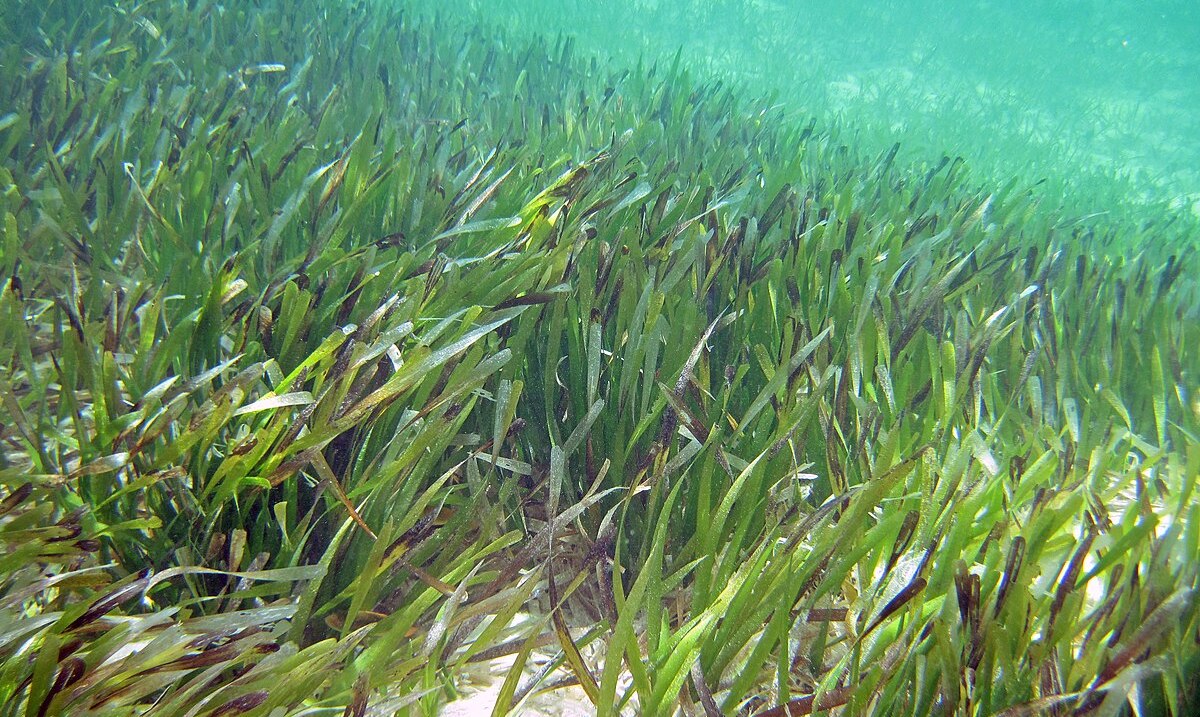
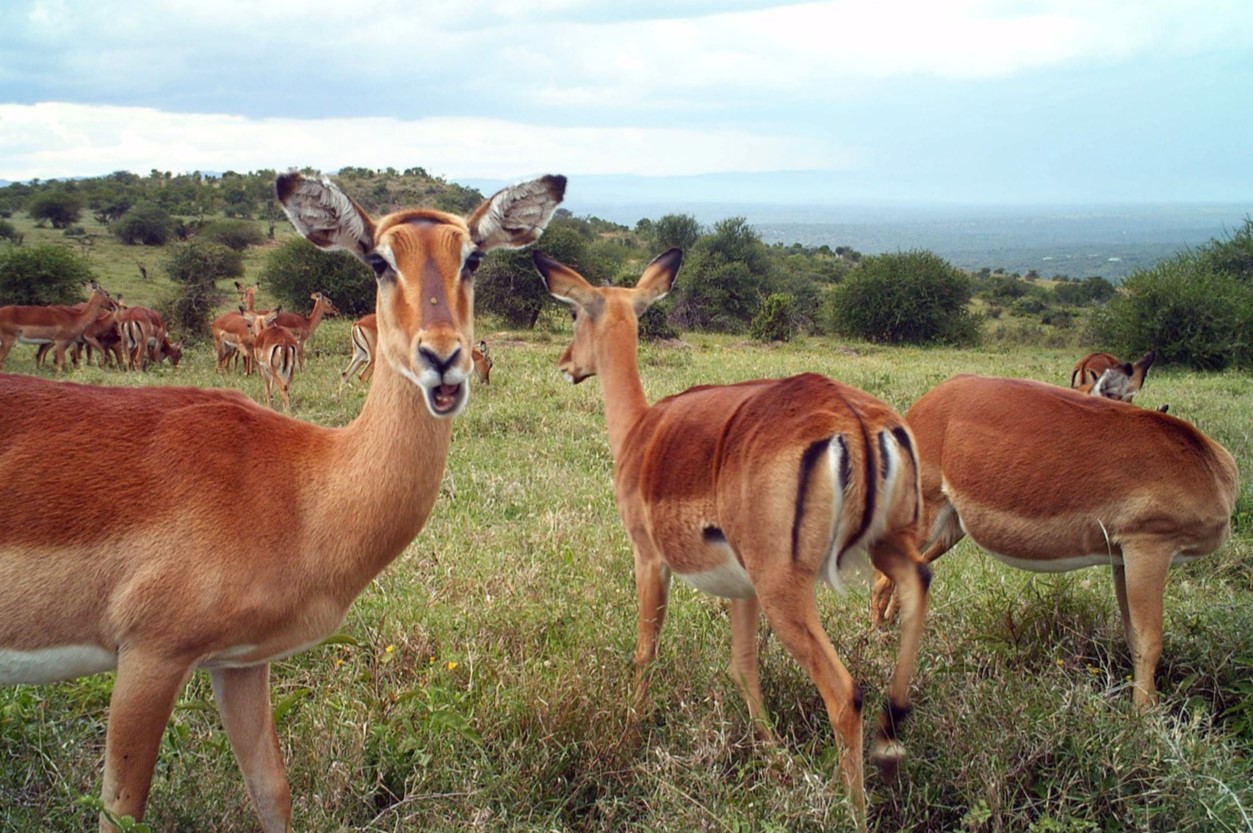
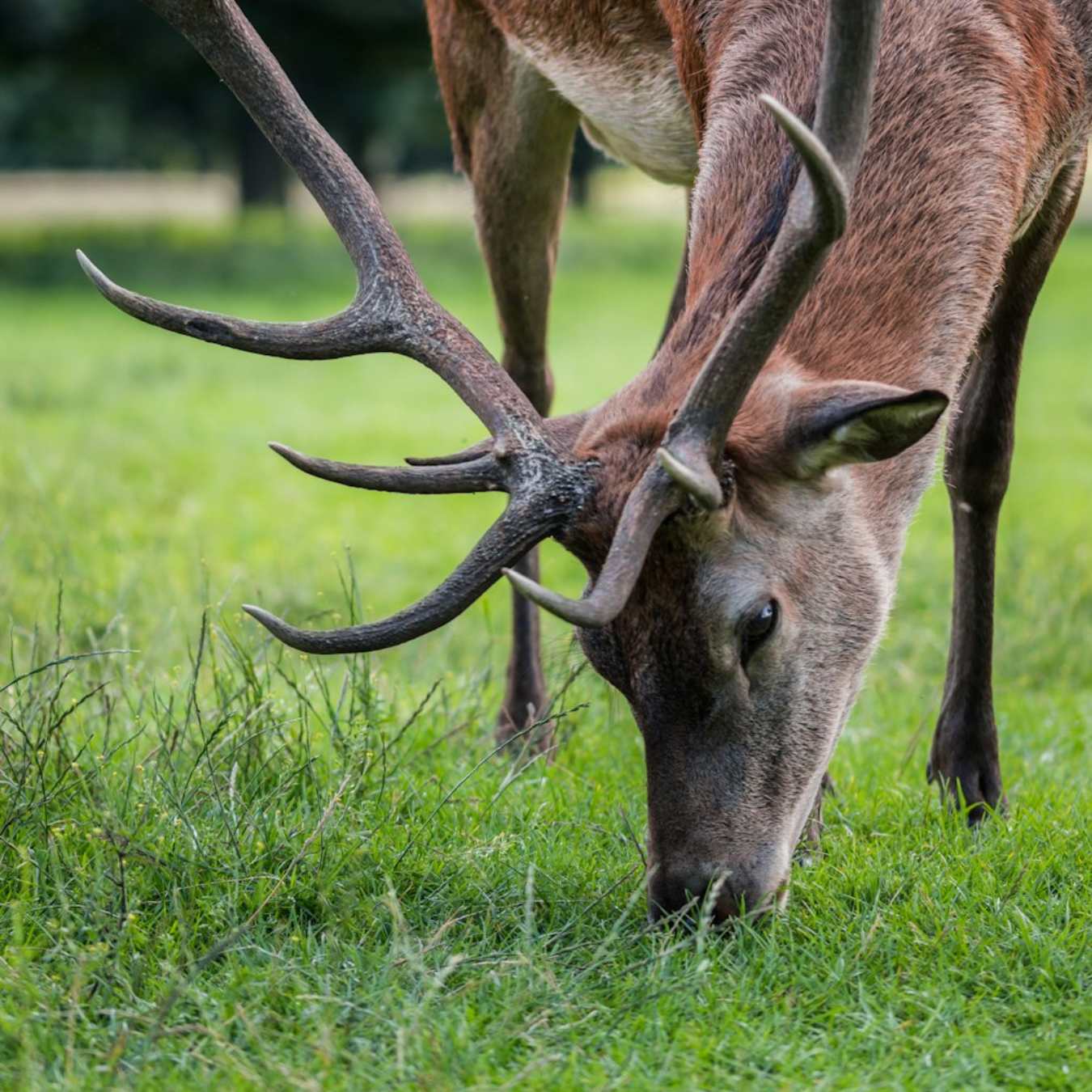

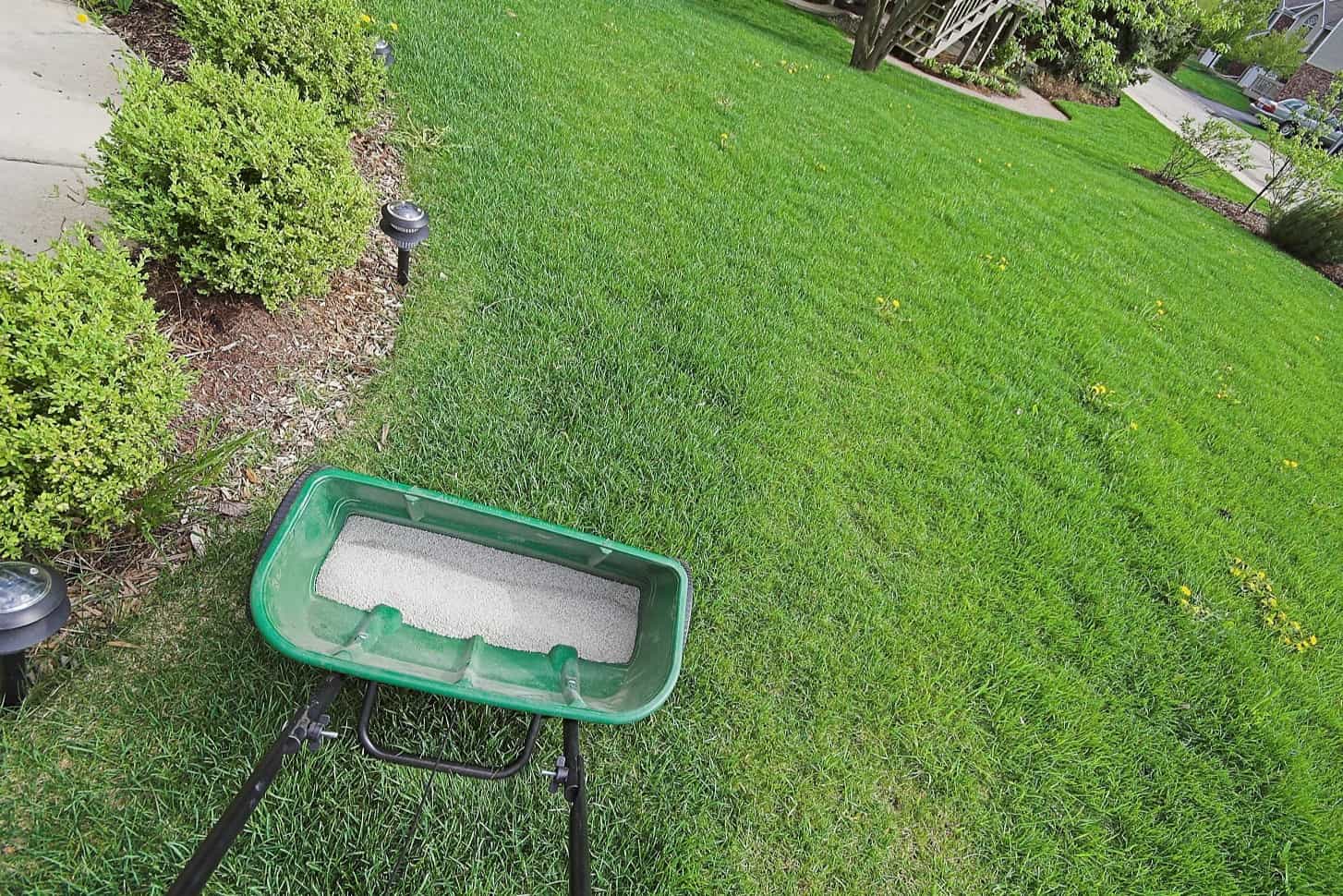
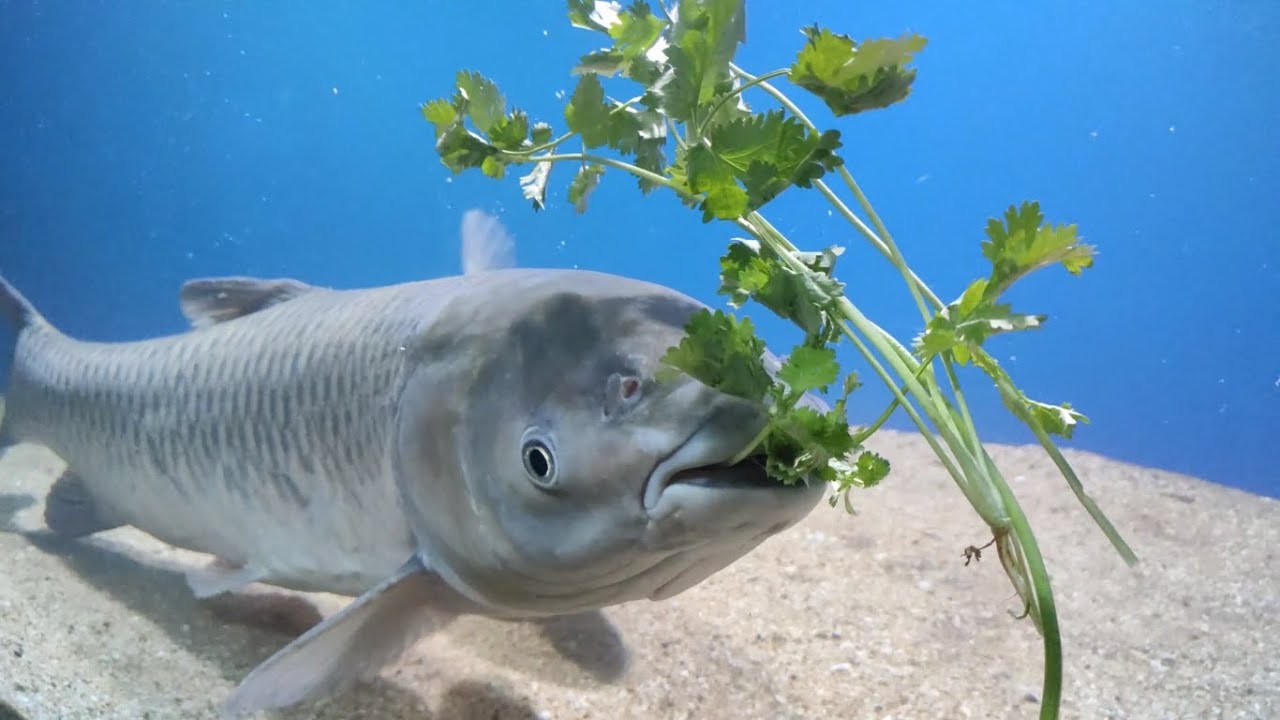
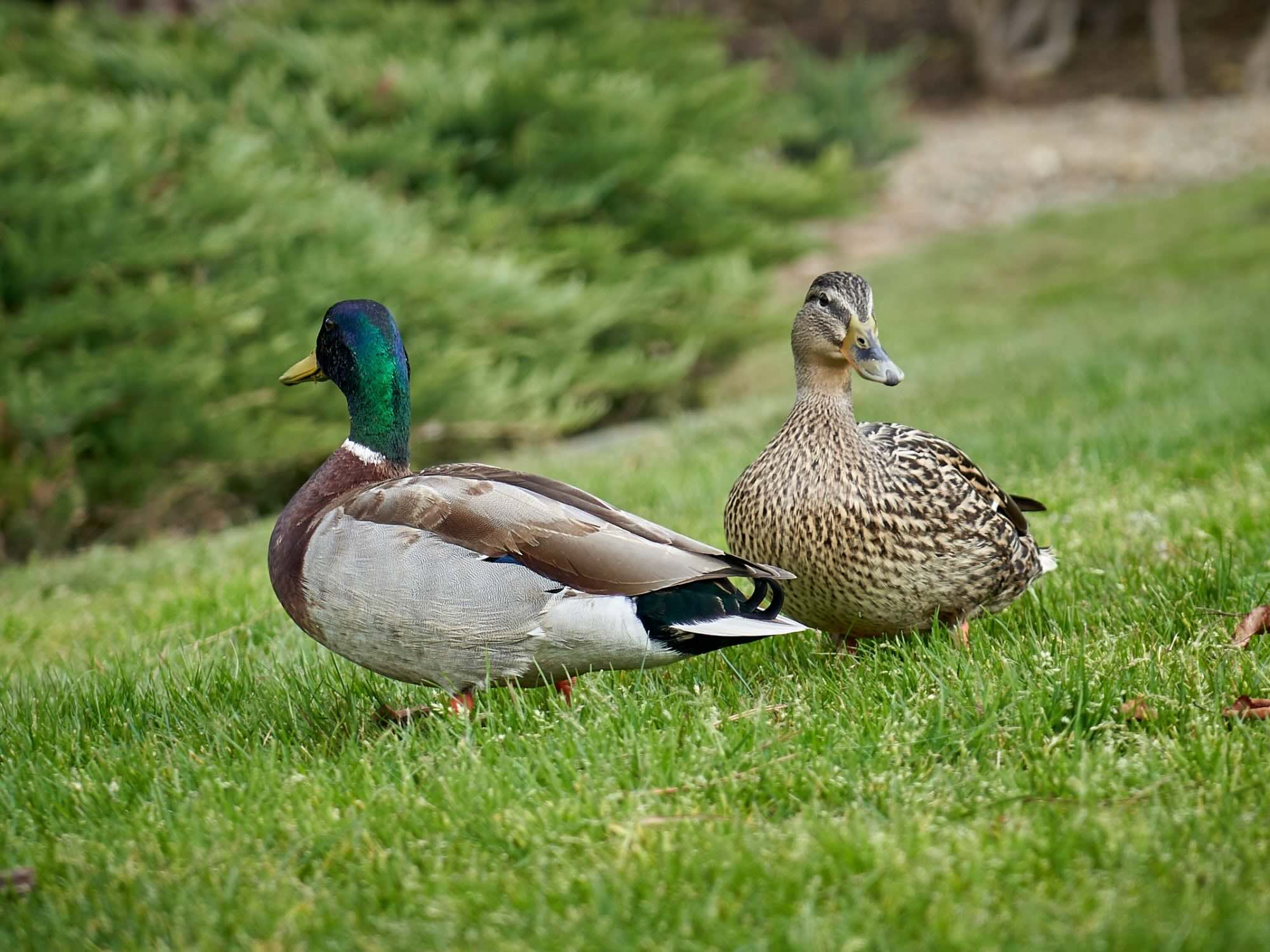
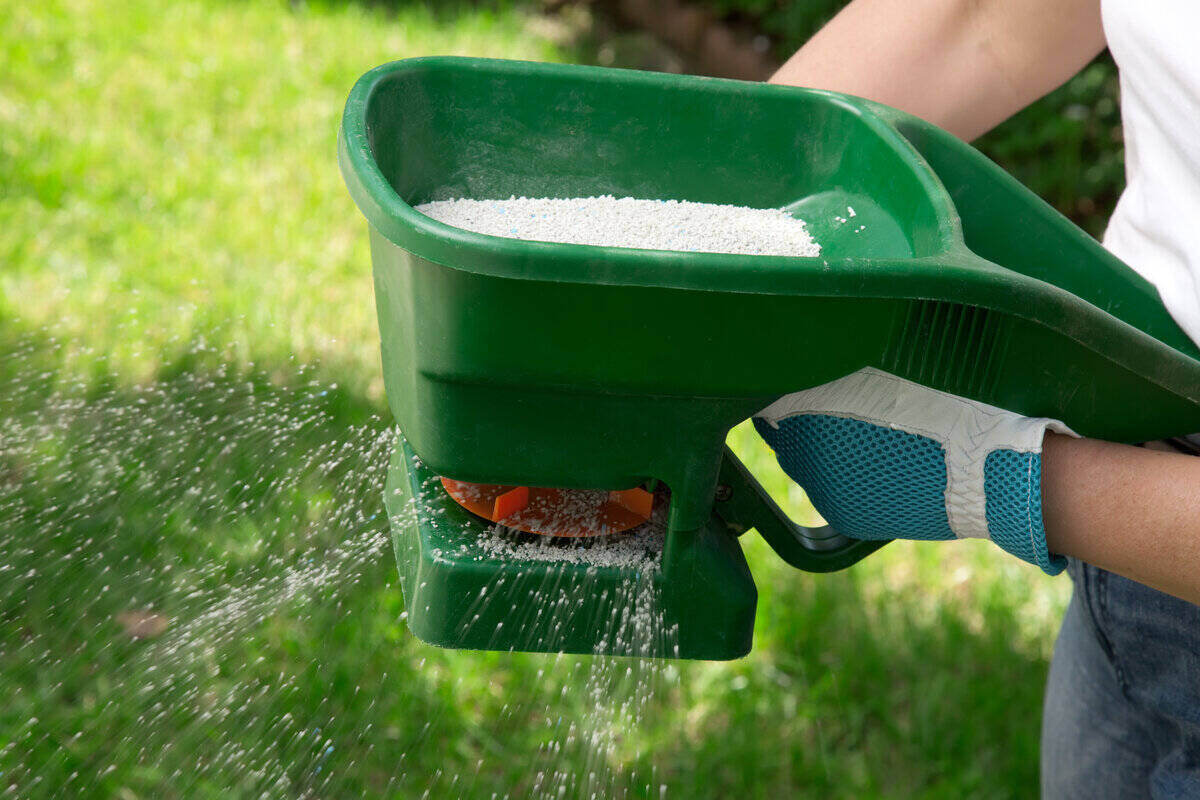

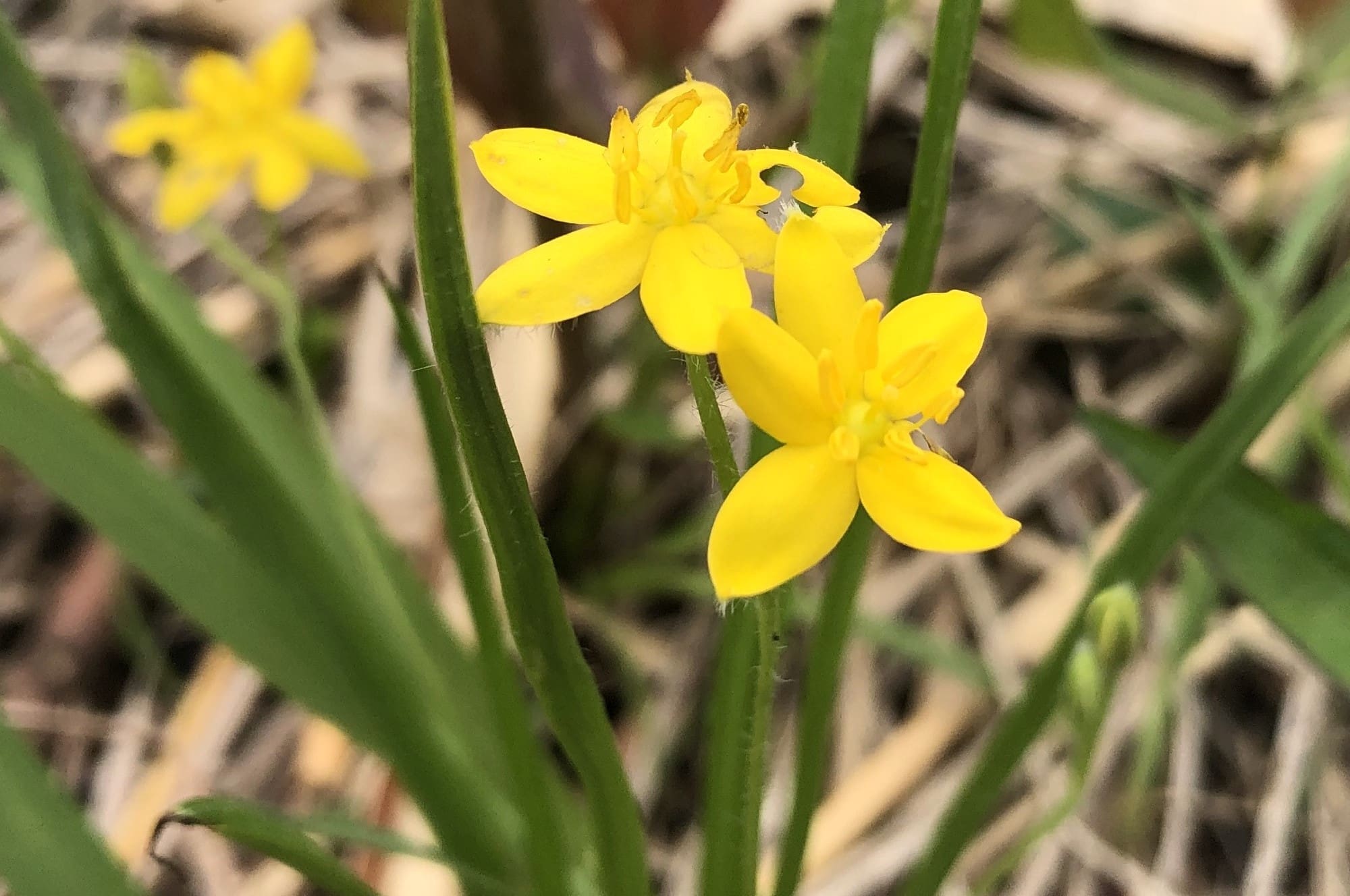
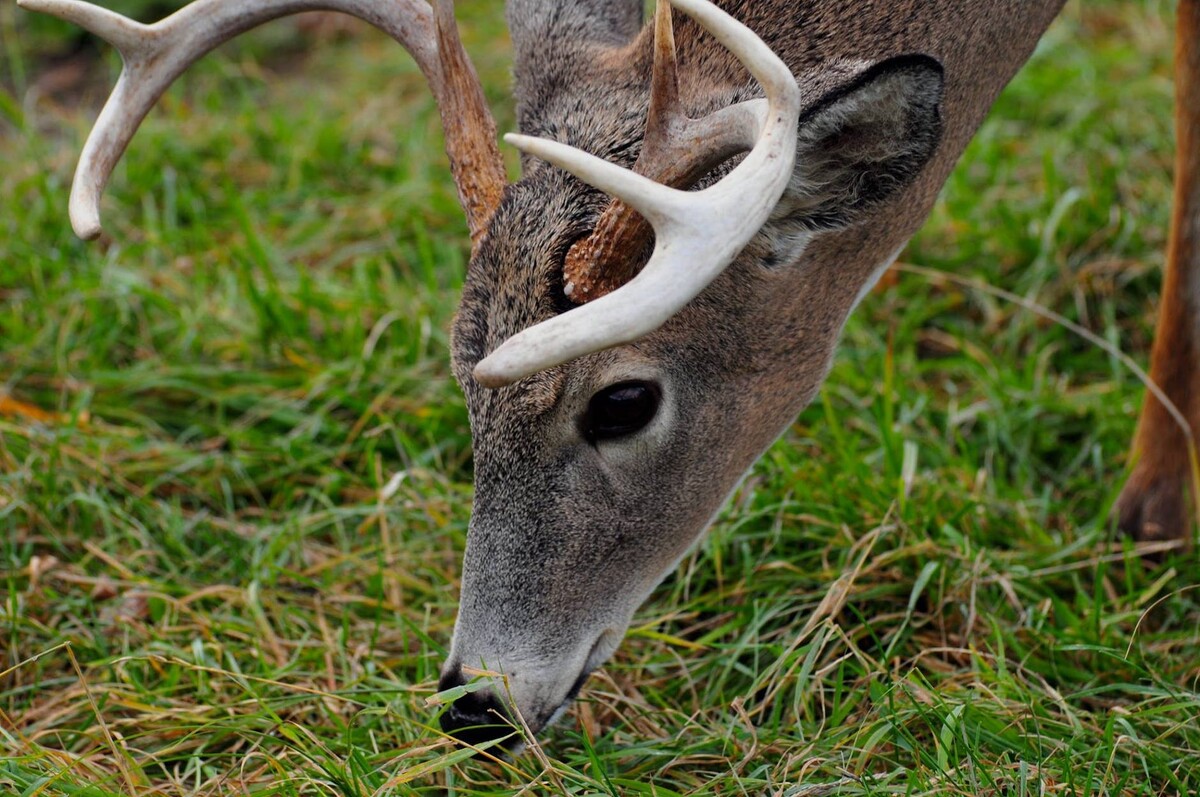
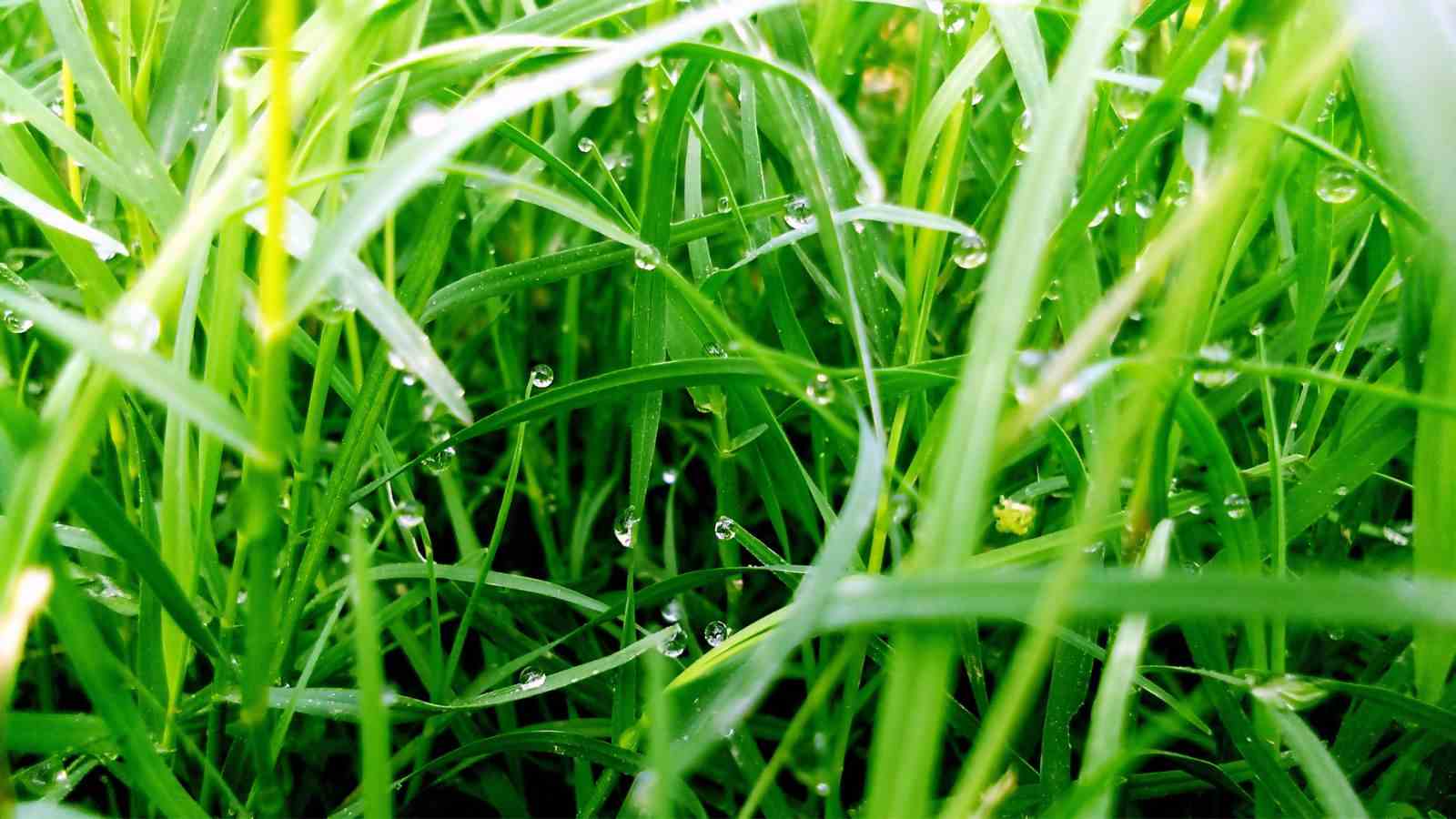
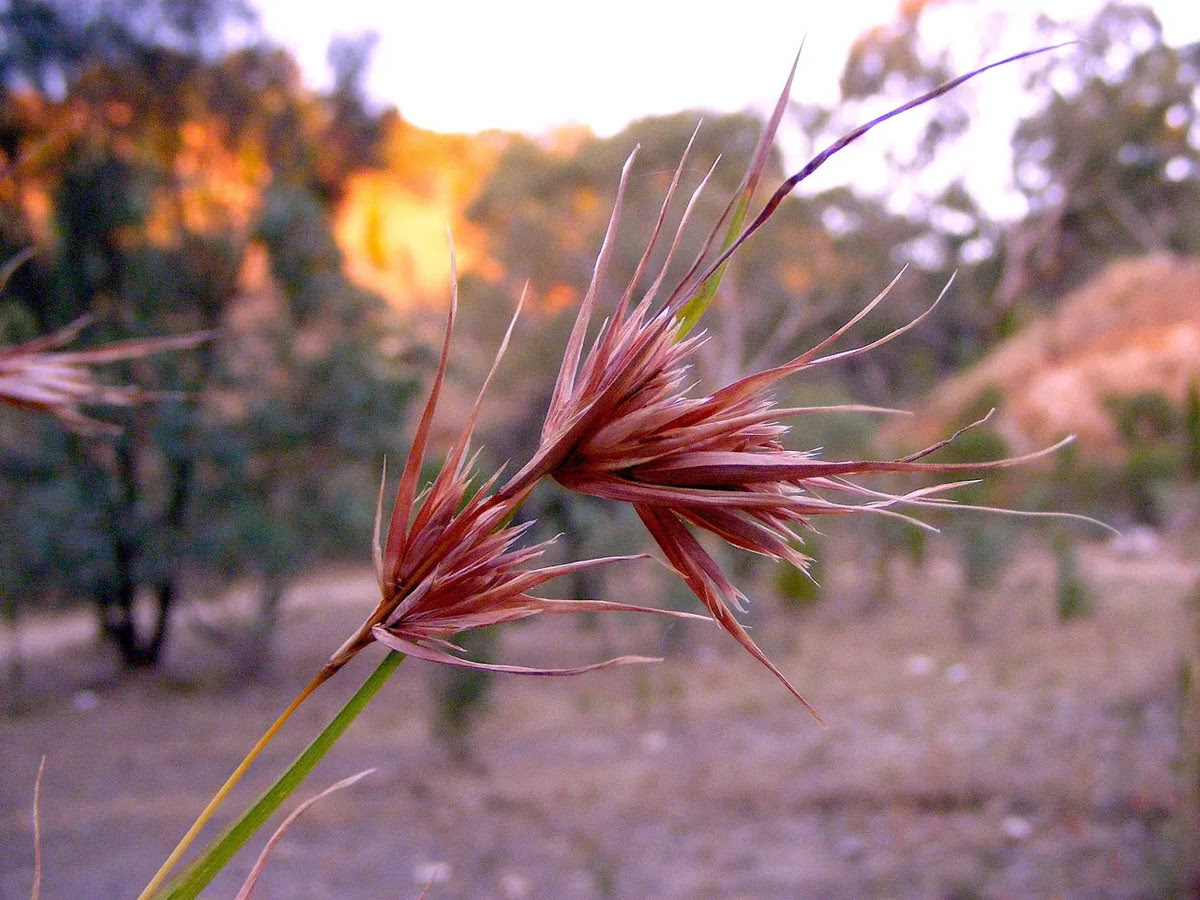


0 thoughts on “What Eats Bermuda Grass In Africa”